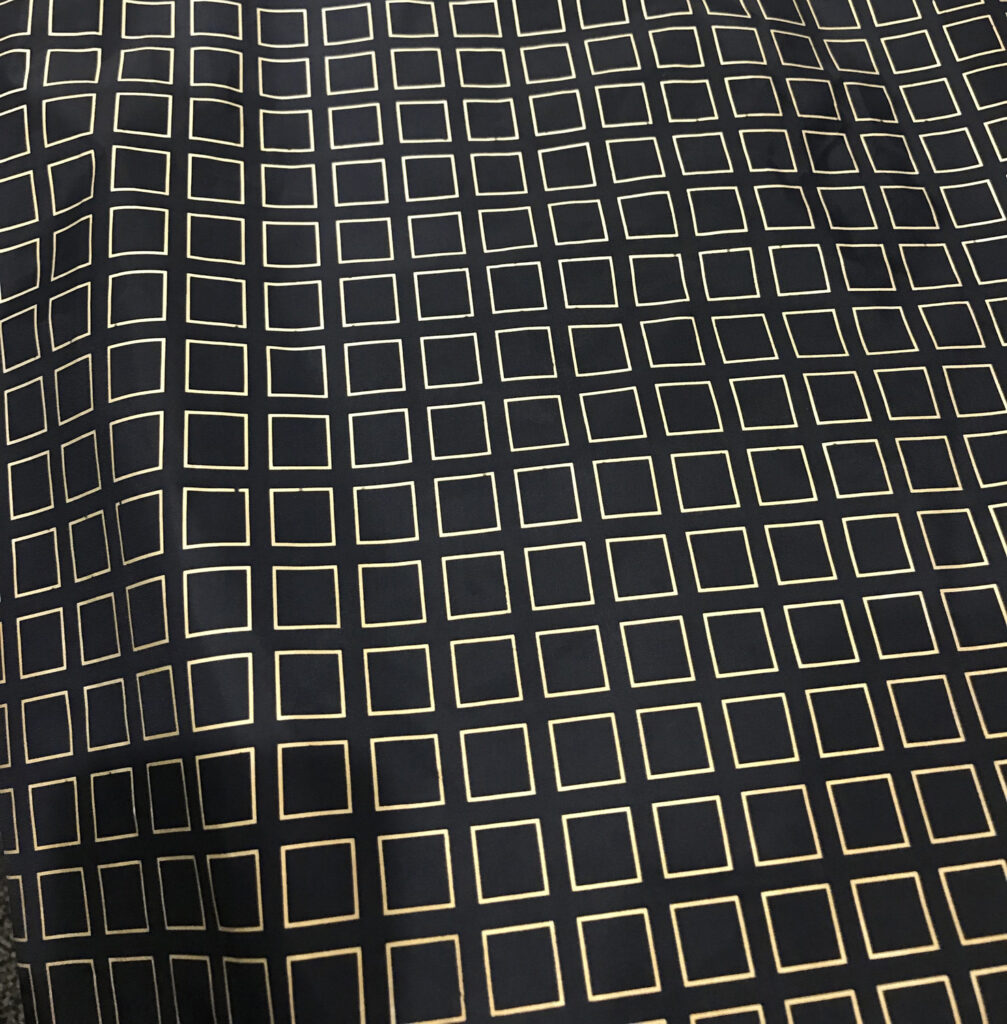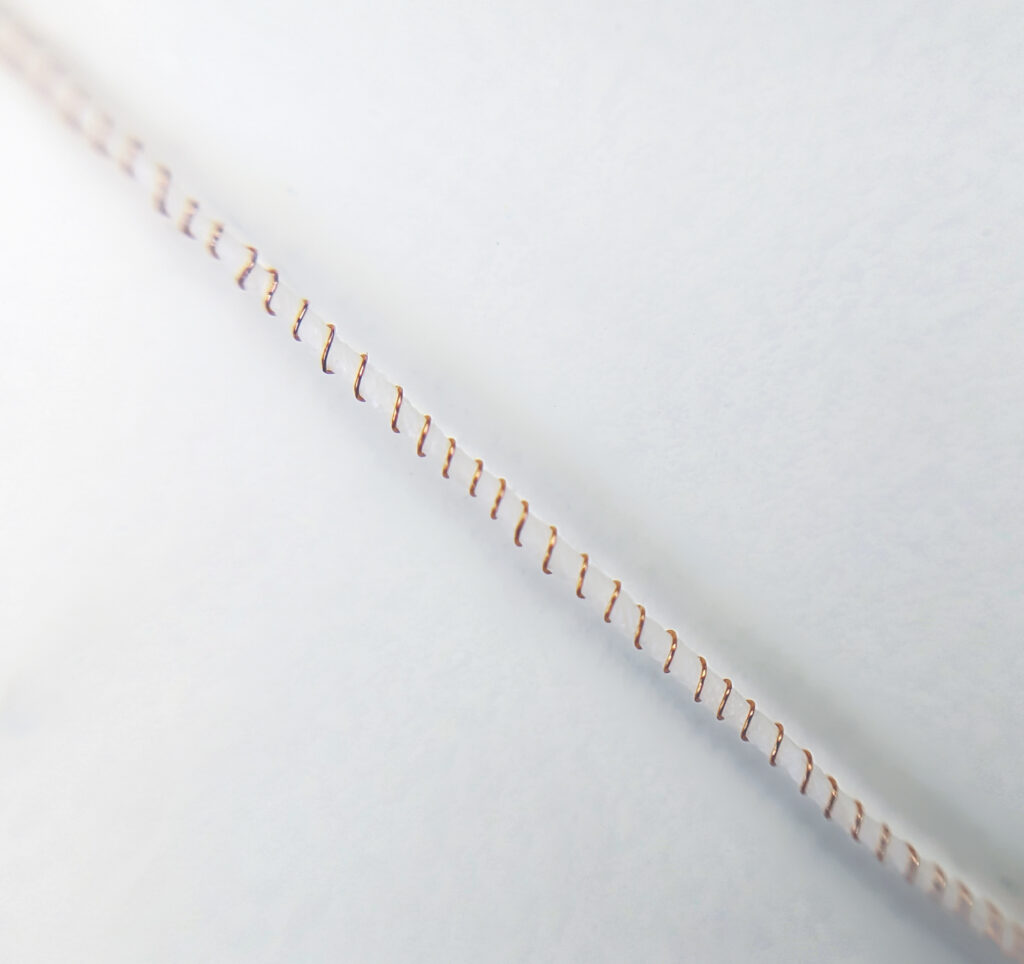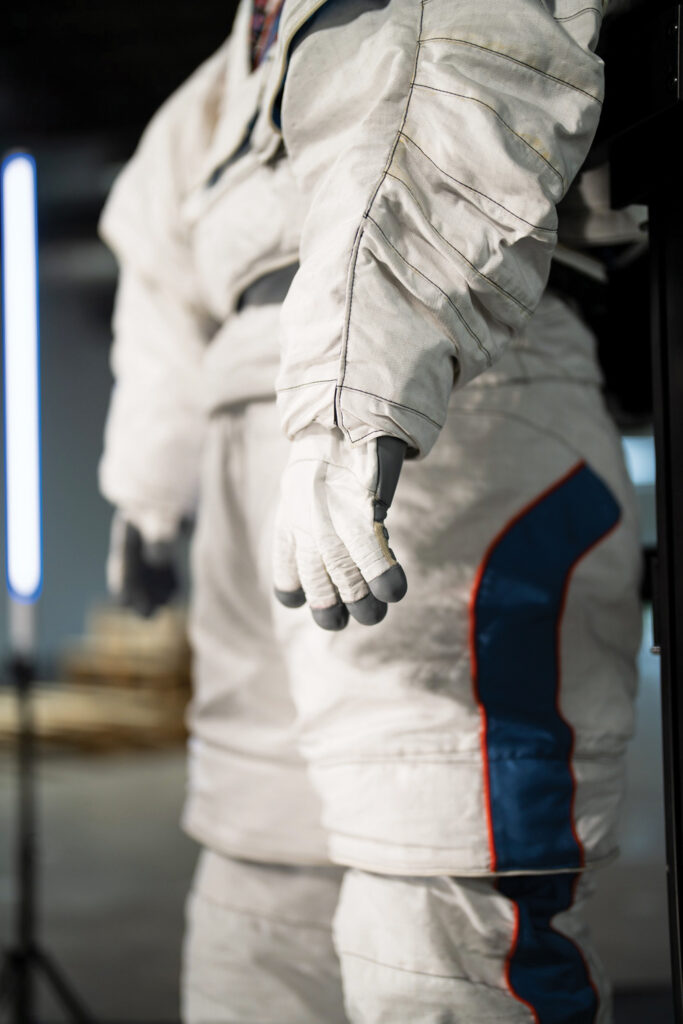
The Emerging Technologies Conference, part of Advanced Textiles Expo 2023 in Orlando, Fla., revealed the diversity in advanced textiles markets and applications and tackled big questions that need answers to move markets into the future that many envision. As much as it appears that exciting new functionalities are nearing breakthroughs, speakers were open about the challenges, urging attendees and industry participants to work together to find solutions.
The future with textiles 2.0
In his presentation, Sasha Stolyarov, Ph.D., CEO of Advanced Functional Fabrics of America (AFFOA), described the vision AFFOA has for “textiles 2.0,” which brings fibers/textiles together with semiconductors and advanced materials to create fibers that are devices and fabrics that function as systems.
What that means, ultimately, is fabrics will be able to see, hear, sense, communicate and perform a host of specific functions designed to solve critical defense needs but also to generate new commercial markets with advanced applications. The range in both market areas is extensive and could include warfighter protection, large-area sensing, industrial monitoring and tunable color, among others.
This is a big order. One way that AFFOA plans to accomplish its mission is to establish and leverage a broad “ecosystem” of producers, researchers and government entities. AFFOA also intends to nurture a workforce—starting at the high school level—that will be capable of producing these advanced materials in the future.
“We’ve assembled a national network that will supply the next generation of fabrics,” he says. This network stretches from its manufacturing base to the Fabric Innovation Network, to the U.S. Office of the Secretary of Defense and other federal agencies, to state governments, to Fabric Discovery Centers based at institutions around the country, and of course, includes the “tough-tech” investors who support innovators. All of this is designed for “helping to cross that valley of death,” he says, which prevents a great idea from becoming fully realized and commercialized.
Among its capabilities, AFFOA can support end-to-end design, from complex material needs to a prototype. It also studies manufacturability and makes the data collected fully available to its members. AFFOA’s fiber microelectronics capability, which supports functional fiber microsystems, offers “unlimited potential for new capabilities,” he says, and “a whole new way to design an architecture within a thread.”
Sensor yarns for health monitoring

Smart textiles have so much potential in the medical field, including for wound healing and vital signs monitoring. In their presentation, two representatives of the German Institutes of Textile and Fiber Research Denkendorf (DITF) discussed how sensor yarns are a part of this future.
Bastian Baesch, head of sensors and actuators for the institute, provided an overview of yarn wrapping technology and its adaptability. Just about any yarn can be wrapped with sensor wires, which can be made of any metal—or even be more than one—depending on the electrical properties needed for the application. Sensor yarns are usable in industrial textile processes including knitting, weaving and embroidery, and they’ve been tested through typical manufacturing steps, including washing, drying, dyeing, heat setting, thermocalendering and pleating.
Carsten Linti, head of technology center biomedical engineering for DITF, presented on research into sensory wound dressings, which could monitor chronic wounds, or those that take more than 30 days to heal, such as pressure ulcers on people with limited mobility and foot sores on diabetics.
In addition to the normal functions of a bandage, multilayer sensory dressings could monitor pH, moisture level and temperature in a wound and relay that information to health practitioners. This could reduce unnecessary dressing changes while simultaneously allowing for the early detection of inflammation due to bacterial infection.
The research is preliminary and still needs to be proven in a dynamic environment, but its potential value is underscored by the cost of chronic wound care, which could amount to a $13.6 billion market globally by 2025, he says.
Commercializing access to space

Aerospace was also an important topic at the Emerging Technologies Conference, with emphasis on industry participation and commercial opportunities. Jason M. F. Smith, customer solutions and business development lead, Aegis Aerospace Inc., discussed how his company provides equipment and services for testing in space.
Given the harsh conditions there, tests on the International Space Station (ISS) offer a unique environment, which includes microgravity, the presence of radiation, temperature extremes, atomic oxygen (as opposed to the oxygen we breathe) and a lack of contamination.
It’s especially valuable for testing durability. “You’re testing for accelerated aging,” Smith says. “A product will last as much as 10 times longer on Earth.”
In fact, access to the space environment has accelerated textile design, development and testing, he says, and has also made new materials available for terrestrial uses. Fiber developed by W. L. Gore and Associates Inc., for example, was used in spacesuits designed for astronauts on Columbia, NASA’s inaugural space shuttle mission in 1981. These products continue to be used in a variety of applications and markets today.
Aegis’ equipment, called Materials International Space Station Experiment (MISSE) Flight Facility, is carried on the ISS and offered through the company’s proprietary program, Space Testing as a Service (STaaS™). Recently, for example, Sierra Space’s Large Integrated Flexible Environment (LIFE™) habitat was tested to transport shelter for astronauts into space. “Soft goods for habitat are a game changer. This is one day going to house astronauts,” a promotional video shown during the presentation proclaims.
Producers who wish to have a product tested in space should first consider the environment in which the material will be used, the load that the material will be subjected to, the desired life span and any other properties required of the material. Products may use ground-based tests that simulate the conditions of space, computer simulations or space-based testing, such as on the ISS.
Space testing can be accessed in a variety of ways, including contacting NASA or the ISS National Laboratory®. There are also commercial providers, such as Aegis Aerospace; Axiom Space Inc., which is building a commercial space station with the goal of manufacturing objects in space; and Nanoracks, which provides payloads services to the ISS and others.
The United States is currently a leader in advanced materials research and development, but to maintain its leadership, the U.S. needs to continue to invest in advanced materials R&D.
Capitalizing on space access via the ISS technology platform can drive game-changing innovation and products that benefit humankind right here on Earth, he says.
Smith shared a quote from astrophysicist Juliana Cherston, Ph.D., to underscore the importance of textiles in extreme environments: “Alas, until it is possible to substantially alter the human body, the humble textile will continue to serve as a boundary—a second skin— for the arctic explorer, for the deep-sea diver, and indeed for the astronaut.”
Janet Preus is senior editor of Textile Technology Source. She can be reached at janet.preus@textiles.org. Cathy Jones is senior editor of Specialty Fabrics Review and can be reached at cathy.jones@textiles.org.
 TEXTILES.ORG
TEXTILES.ORG


